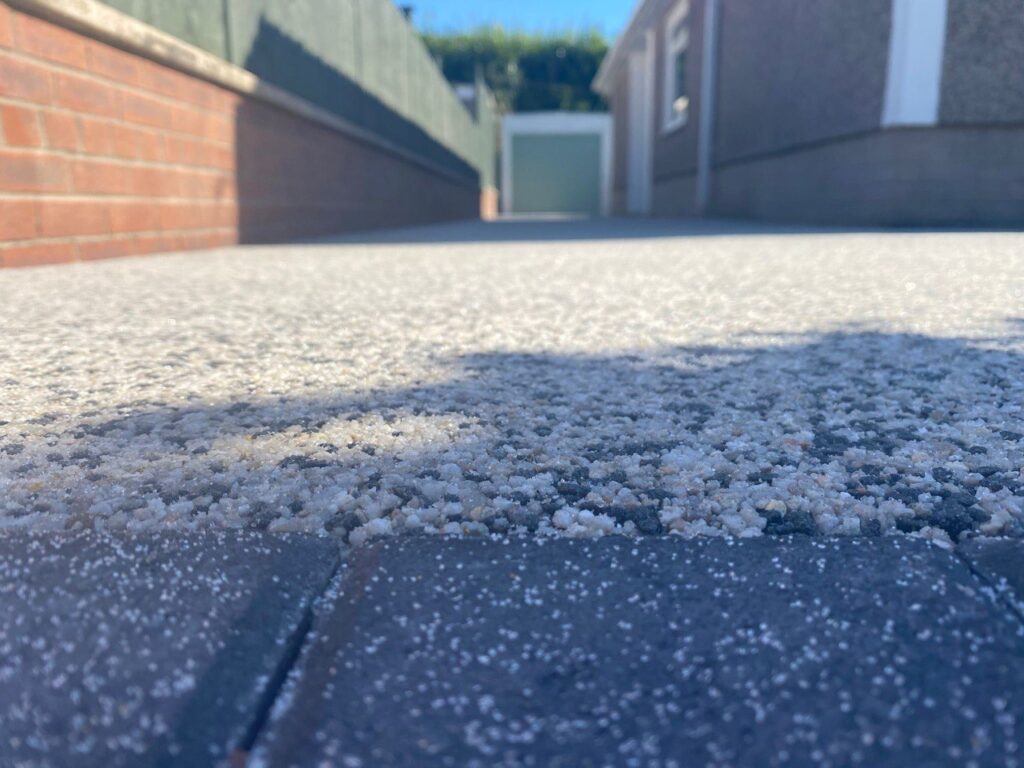The Environmental Impact of Tarmac Roadways: Myths and Realities
Introduction: Tarmac, or asphalt, roadways have long been a staple in modern transportation infrastructure. They are known for their durability and cost-effectiveness, making them a common choice for road construction projects. However, concerns about their environmental impact have led to several myths and misconceptions. In this blog post, we’ll explore the environmental impact of tarmac roadways, debunk some myths, and present the realities surrounding this widely used material.
Myth 1: Tarmac Production Is Highly Energy-Intensive
Reality: While it’s true that tarmac production involves heating and mixing aggregates and bitumen, modern technologies have made the process more energy-efficient. Asphalt plants are designed to optimise energy consumption and reduce greenhouse gas emissions. Additionally, the recycling of asphalt materials further decreases the environmental footprint.
Myth 2: Tarmac Roadways Contribute to Urban Heat Islands
Reality: Urban heat islands occur when cities absorb and re-radiate heat, leading to elevated temperatures. While asphalt surfaces can contribute to this effect, it’s essential to consider that various factors, such as vegetation and building materials, play a more significant role in forming heat islands. Proper urban planning and using cool roofing materials can mitigate this issue.
Myth 3: Tarmac Is Not Recyclable
Reality: Tarmac is one of the most recycled construction materials globally. Reclaimed asphalt pavement (RAP) is used in road construction and maintenance. Recycling asphalt conserves resources and reduces the energy required for new production. Many countries have regulations in place to encourage the use of RAP in road projects.
Myth 4: Tarmac Has a High Carbon Footprint
Reality: The carbon footprint of tarmac roadways is influenced by various factors, including transportation, production methods, and the use of recycled materials. Sustainable practices, such as using warm-mix asphalt and incorporating RAP, can significantly reduce the carbon emissions associated with tarmac. Proper road maintenance also extends the lifespan of roadways, reducing the need for frequent reconstruction.
Myth 5: Tarmac Causes Water Runoff Issues
Reality: Tarmac roadways are designed with drainage systems to manage water runoff effectively. Properly engineered road surfaces direct water toward drains and away from surrounding areas, preventing flooding and erosion. Additionally, permeable asphalt allows water to infiltrate the surface, reducing runoff and recharging groundwater.
Conclusion: While concerns about the environmental impact of tarmac roadways have led to some misconceptions, it’s crucial to recognise that modern road construction practices have evolved to address these issues. Sustainable technologies, recycling initiatives, and improved drainage systems exemplify how the industry has embraced eco-friendly practices.
Sevenoaks Driveways understands the importance of environmentally responsible road construction. We prioritise sustainable materials and practices to minimise the environmental footprint of our projects. By dispelling myths and focusing on the realities of tarmac roadway construction, we can continue to improve our infrastructure while safeguarding the environment for future generations.
Call us on: 01732 442 199
Click here to find out more about Sevenoaks Driveways
Click here to complete our contact form and see how we can help with your driveway needs.

